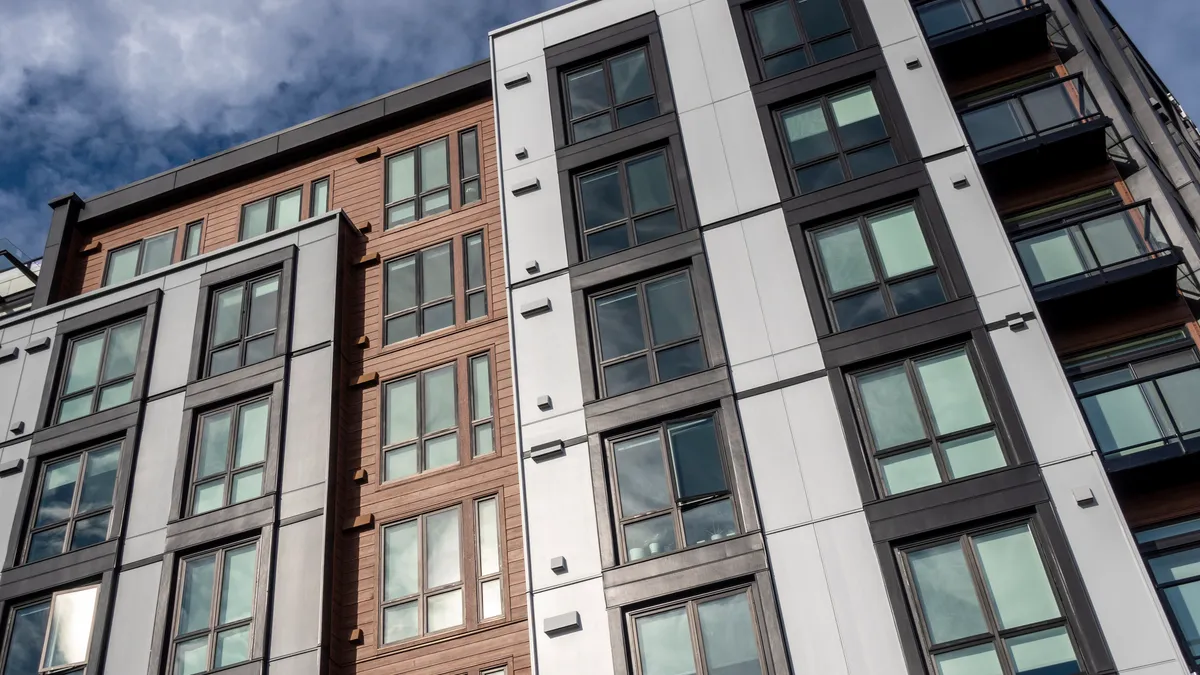Dive Brief:
- The U.S. needs 4.3 million new apartment units between now and 2035 in order to mitigate issues related to apartment demand and the shrinking supply of affordably priced housing, according to research commissioned by the National Multifamily Housing Council and National Apartment Association.
- This number incorporates an existing deficit of 600,000 apartment homes, which the study attributes to underbuilding associated with the 2008 economic downturn. In addition, between 2015 and 2020, the nation’s supply of affordable housing — defined as housing units with rents less than $1,000 per month — declined by 4.7 million units.
- “The main reason for these units not existing is that we have had a reverse filtering phenomenon occur because of our supply shortage. Because there are not enough available units, it moves the asking rents up, reducing the number of affordable units,” said Caitlin Sugrue Walter, vice president of research for the NMHC.
Dive Insight:
Currently, the U.S. has a population of 36.8 million apartment residents living in 21.3 million apartment homes. Approximately 266,000 new units need to be built each year to meet the demand for more, according to the report.
The full study estimates apartment demand from 2022 through 2035 at the national, state and top 50 metro level. Variables in this estimate include the homeownership rate — projected to increase by 3.8% — and immigration. While the immigration rate stands at a record low, a reversal of this trend could significantly raise apartment demand, according to a press release on the report.
The site also offers a calculator to estimate the economic contributions and impact of building in a given area, with variables based on building size and type.
Making progress
At the state level, Texas, Florida and California account for 40% of future demand. The report estimates that these three states together will require 1.5 million new apartments by 2023.
Walter noted that many jurisdictions in Texas are performing well toward the apartment construction estimates outlined in the report.
“[This] is good, because they comprise the bulk of the demand going forward,” Walter said. “[The] Dallas metro area has been leading for quite some time in terms of the number of projects being built.”
The report outlines a number of policy recommendations that the NMHC and NAA say will help solve the issues it presents. They include:
- Policies at the local level that support housing construction, such as by-right housing development and reduced parking requirements.
- The expansion of public-private partnerships.
- The enactment of state laws that override local restrictions.
- Federal policy in support of new construction, particularly affordable housing.
“There are some things that can be done at the federal level, such as creating incentives for localities to examine their local policies,” Walter added. “Regulations are a huge driver of construction costs, which makes it difficult to build at lower, more affordable price points.”












